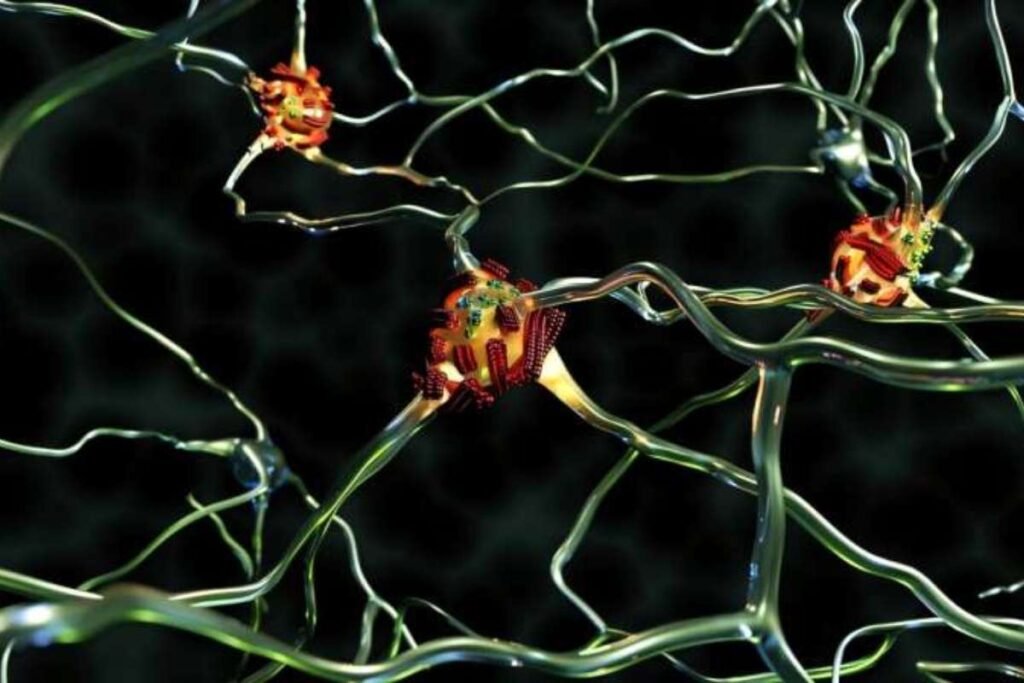Alzheimer’s Research Identifies Protein “Superspreaders”
In a breakthrough study, scientists have uncovered a new class of protein fibrils, termed “superspreaders,” that may be crucial in the spread of Alzheimer’s disease within the brain. Researchers from Empa’s Transport at Nanoscale Interfaces laboratory in Switzerland and the University of Limerick in Ireland worked together to understand the formation and function of these fibrils. Led by Empa researcher Dr. Peter Nirmalraj, the team’s findings indicate that these fibrils may be a driving force behind the progression of Alzheimer’s, potentially opening doors to more targeted treatments for neurodegenerative disorders. Published in Science Advances, the study leverages advanced imaging techniques to observe how amyloid β proteins form these unique fibrils and their role in disease development.
High-Activity “Superspreader” Fibrils Amplify Disease
These superspreader fibrils exhibit unusual structural properties, setting them apart from typical amyloid β fibrils found in the brains of Alzheimer’s patients. Characterized by particularly active edges and surfaces, the fibrils accelerate the accumulation of new protein molecules. This catalytic activity enables the formation of longer fibril chains, which then spread throughout brain tissue, leading to further aggregation of proteins associated with Alzheimer’s. This high activity level distinguishes superspreaders, as the fibrils appear to instigate a self-replicating cycle, potentially exacerbating disease progression. This mechanism was previously unrecognized, making the discovery significant for researchers seeking to understand how Alzheimer’s spreads within the brain.
Unprecedented Imaging Precision Reveals Key Insights
To achieve this level of detail, the research team employed a unique high-resolution atomic force microscopy method that maintains the protein samples in a salt solution, mimicking the body’s natural conditions more closely than traditional techniques. This method enabled researchers to capture images of the fibrils, less than 10 nanometers thick, with unparalleled precision at room temperature. By observing the fibril formation over a span of 250 hours, they gained insights into the real-time behavior of these structures. Combined with molecular model calculations, the technique allowed researchers to classify fibrils by structural subtypes, including superspreaders.
Dr. Nirmalraj expressed hope that these insights could lead to innovative diagnostic approaches for monitoring Alzheimer’s, marking a step closer to treatments that might one day halt or slow the disease’s progression.









